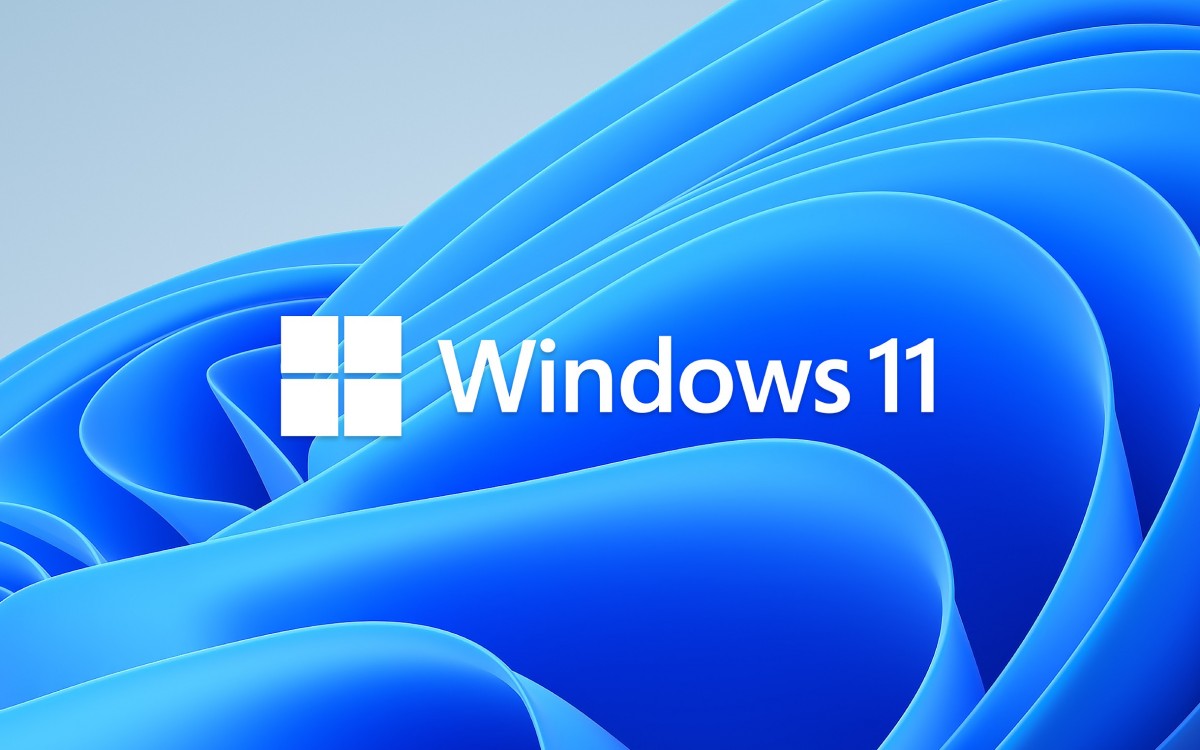If you’ve encountered the frustrating “Scripted Diagnostics Native Host has stopped working” error on your Windows 10 or 11 computer, you’ve come to the right place. This error often prevents users from running troubleshooters and can occur during Windows updates, while using the Get Help app, or when executing Scripted Diagnostics.
In this comprehensive troubleshooting guide, we will explore various methods to resolve the Scripted Diagnostics Native Host (SDNH) error. We’ll cover possible causes of the error, such as disk errors, conflicting antivirus programs, missing updates, problematic RAM, and corrupt system files. By following the step-by-step solutions provided, you’ll be able to tackle this issue and get your computer back to optimal performance.
Possible Causes of Scripted Diagnostics Native Host Not Working Issue
The “Scripted Diagnostics Native Host has stopped working” error can be caused by several factors. Let’s explore some of the common reasons behind this issue:
- Disk Errors: Bad sectors or file system errors on your disk drive can trigger the SDNH error.
- Windows Updates: Errors during the installation or download of Windows updates can contribute to the Scripted Diagnostics Native Host issue.
- Conflicting Antivirus Programs: Certain third-party antivirus programs, like Norton, have been known to cause conflicts and generate the error.
- System and Windows Errors: Other system-related errors or issues within the Windows operating system can also lead to the Scripted Diagnostics Native Host error.
Now that we have a better understanding of the possible causes, let’s dive into the troubleshooting methods to resolve the Scripted Diagnostics Native Host Stopped Working error on your Windows 10/11 computer.
Fix 1: Perform a Clean Boot
Performing a Clean Boot can help identify and troubleshoot issues caused by corrupted program files and system drivers. This method will allow you to isolate the problem and determine if any third-party applications are conflicting with the Scripted Diagnostics Native Host. Here’s how to perform a Clean Boot:
- Press the Windows key to open the Start menu and type “msconfig” in the search bar. Press Enter to open the System Configuration window.
- In the System Configuration window, navigate to the “Services” tab and check the box that says “Hide all Microsoft services.” This will exclude Microsoft services from the Clean Boot process.
- Click on the “Disable all” button to disable all the remaining services.
- Next, go to the “Startup” tab and click on the “Open Task Manager” link.
- In the Task Manager, disable all the startup items by right-clicking on each item and selecting “Disable.”
- Once all the services and startup items are disabled, click on the “Apply” and “OK” buttons to save the changes.
- Restart your computer and check if the Scripted Diagnostics Native Host error persists. If not, you can gradually enable the services and startup items to identify the specific program causing the conflict.
Fix 2: Check Your Disk for Errors
Disk errors can contribute to the Scripted Diagnostics Native Host error. By checking your disk for errors and repairing them, you may be able to resolve the issue. Here’s how to check your disk for errors:
- Press the Windows key and type “command prompt” in the search bar. Right-click on the Command Prompt app and select “Run as administrator” to open an elevated Command Prompt.
- In the Command Prompt window, type the following command and press Enter:
chkdsk /r - If prompted, press “Y” to schedule a disk check on the next system restart.
- Restart your computer to initiate the disk check process. Windows will scan and repair any errors on your disk drive.
- After the disk check is complete, your computer will boot to the lock screen. Check if the Scripted Diagnostics Native Host error has been resolved.
Fix 3: Delete the CrashHandler.vbs File
Deleting the CrashHandler.vbs file has been reported as a workaround by many users to resolve the Scripted Diagnostics Native Host error. If this file exists on your computer, removing it might help fix the issue. Here’s how to delete the CrashHandler.vbs file:
- Press the Windows key and “R” simultaneously to open the Run dialog box. Type “%appdata%” in the text box and press Enter to open the AppData folder.
- In the AppData folder, navigate to the following path:
MicrosoftWindowsStart MenuProgramsStartup - Locate the CrashHandler.vbs file and right-click on it. Select “Delete” to remove the file.
- Close the File Explorer window and restart your computer.
- Check if the Scripted Diagnostics Native Host error persists.
Fix 4: Remove the Third-Party Antivirus Program
Certain third-party antivirus programs, such as Norton, have been known to cause conflicts and generate the Scripted Diagnostics Native Host error. To rule out this possibility, remove the third-party antivirus program from your computer. Here’s how:
- Press the Windows key to open the Start menu and type “appwiz.cpl” in the search bar. Press Enter to open the Programs and Features window.
- In the Programs and Features window, locate the third-party antivirus program in the list.
- Right-click on the antivirus program and select “Uninstall.”
- Follow the on-screen instructions to uninstall the program from your computer.
- Restart your computer to apply the changes and check if the Scripted Diagnostics Native Host error is resolved.
Fix 5: Diagnose the Problem Using the Reliability Monitor
If the above methods haven’t resolved the Scripted Diagnostics Native Host error, you can use the Reliability Monitor to diagnose the problem. The Reliability Monitor is a Microsoft application that records system events, updates, and application crashes. Here’s how to use the Reliability Monitor:
- Press the Windows key and type “Security and Maintenance” in the search bar. Open the application that appears.
- Expand the “Maintenance” category and access “View reliability history” under “Report problems.”
- After a few seconds, Windows will display a graph showing recent events. A blue exclamation mark indicates installed updates, while a red cross indicates system crashes.
- Click on a specific event to view detailed information, including the program or process that triggered the Scripted Diagnostics Native Host error.
- Uninstall any third-party program that generated the error through the Programs and Features Control Panel applet.
- If the error references a system process, you might need to disable the corresponding service through the Services or Task Manager windows.
Fix 6: Inspect the System Memory
Checking the system memory for faults is another troubleshooting step to consider. By using the Memory Diagnostic tool, you can identify any issues with your computer’s memory. Here’s how to inspect the system memory:
- Press the Windows key to open the Start menu and type “Windows memory diagnostic” in the search bar. Press Enter to open the utility.
- Click on the “Restart now and check for problems (recommended)” option.
- Your computer will restart, and the Windows Memory Diagnostic Tool will start scanning for memory faults.
- After the test completes, your computer will boot to the lock screen.
- Log in to your computer and check if a notification appears stating “No memory errors were detected.” This indicates that there are no underlying memory issues.
Fix 7: Run an SFC and DISM Scan
Running an SFC (System File Checker) scan and a DISM (Deployment Image Servicing and Management) scan can help repair corrupt files related to the Scripted Diagnostics Native Host application and other critical system components. Here’s how to run both scans:
- Press the Windows key and type “command prompt” in the search bar. Right-click on the Command Prompt app and select “Run as administrator” to open an elevated Command Prompt.
- In the Command Prompt window, type the following command and press Enter:
SFC /scannow - After the SFC scan completes, type “cls” and press Enter to clear the screen.
- Execute the following commands one by one to start the DISM scan:
DISM /Online /Cleanup-Image /CheckHealthDISM /Online /Cleanup-Image /ScanHealthDISM /Online /Cleanup-Image /RestoreHealth- Close the Command Prompt window after the scans are complete.
Extra Step: Perform a Clean Install of Windows
If all the above methods fail to resolve the Scripted Diagnostics Native Host error, you may need to perform a clean install of Windows. This process involves reinstalling the operating system, removing any corrupt files in the process. Note that a clean install will erase all data on your C drive, so make sure to back up your files before proceeding. Here’s a general outline of the clean installation process:
- Back up all your files on the C drive to an external storage drive.
- Create a bootable Windows installation media on a USB drive.
- Boot your computer using the USB drive to launch the Windows Installer.
- Follow the on-screen instructions to perform a clean installation of Windows.
Conclusion
By following the troubleshooting methods outlined in this guide, you should be able to resolve the Scripted Diagnostics Native Host Stopped Working error on your Windows 10/11 PC. Remember to always backup your important files before attempting any major changes to your system. If you have any further questions or need additional assistance, please leave a comment below.







